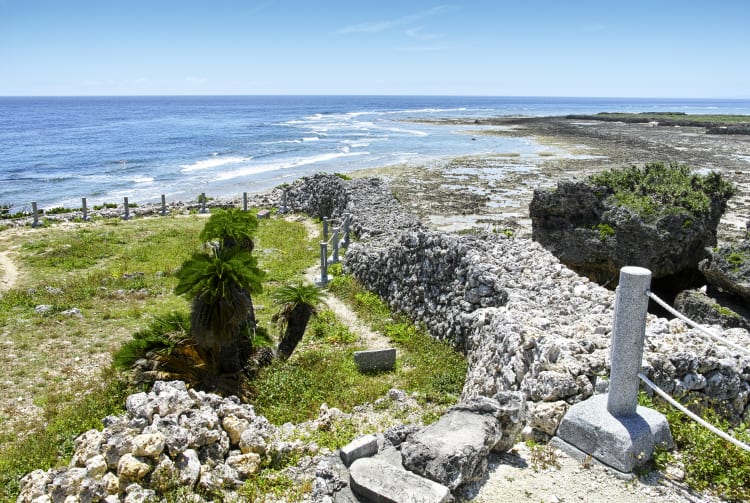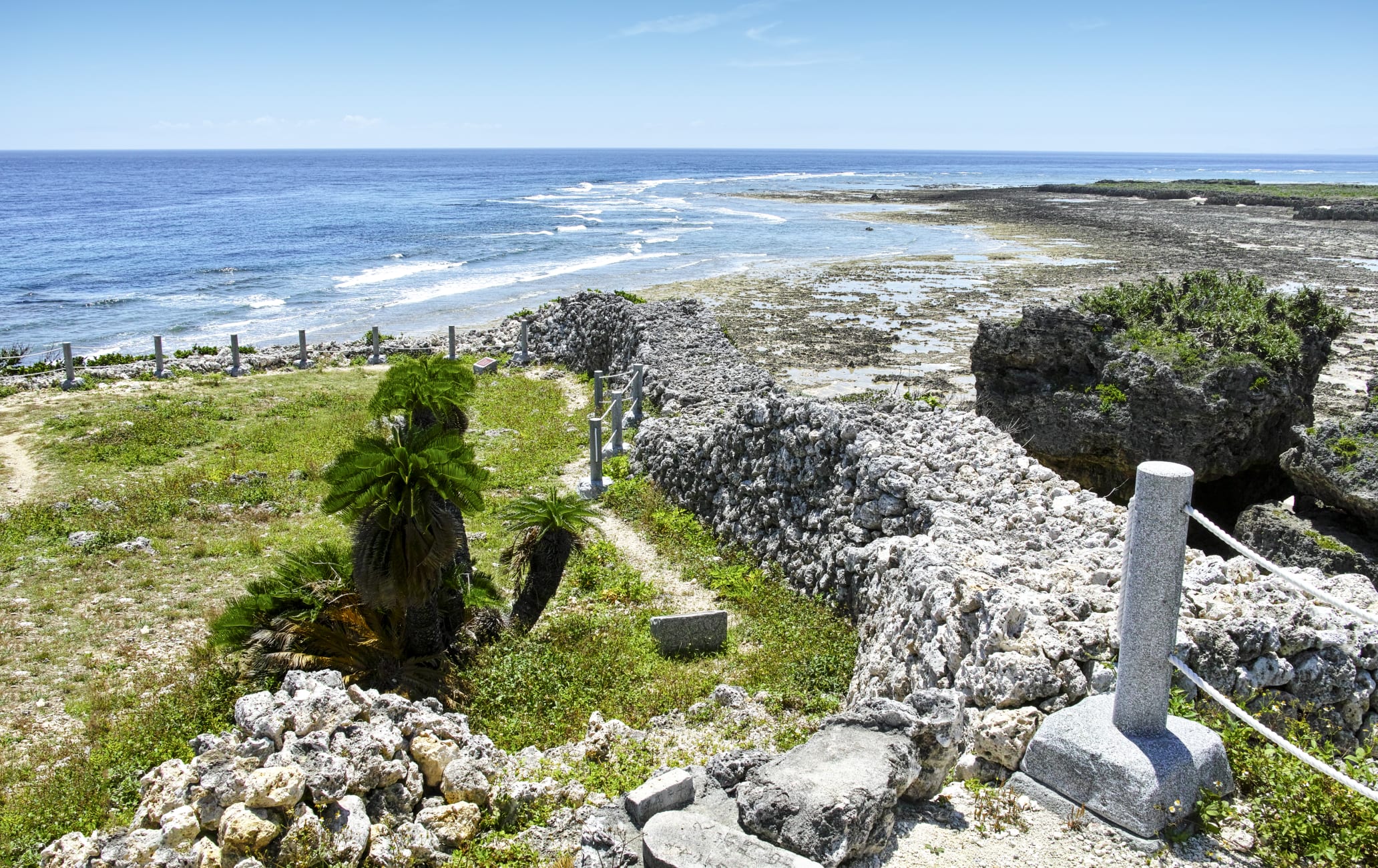Sandy beaches, sugarcane and ancient ruins
As you travel around the southern part of Okinawa, you'll discover a very different kind of scenery found in the mountainous and forested north. This includes inviting beaches, golf courses, and mile upon mile of sugarcane.
Don't Miss
- Cape Kyan on the southern tip of the island
- The ruins of Gushikawa Castle
- Sampling various products like sugarcane juice, and brown sugar made from sugarcane
Quick Facts
Sugarcane juice has a golden color and a smooth, refreshing taste. It is typically sold at food stalls
The battle of Okinawa was fought in the southern and central parts of the island
How to Get There
To get the Okinawa from major cities in Japan, fly to Naha Airport.
A car is recommended for travel in southern Okinawa. From Naha Airport to the southern tip of the main island, take Route 331 south and turn right onto Route 3. Follow signs to an unnamed road leading to Cape Kyatake. It will take about 40 minutes to get there depending on road conditions.

A glimpse of history
The Battle of Okinawa wreaked its worst damage in this part of the mainland, and as you explore you'll see a great number of memorials and other reminders of the war. There are also ancient castles from earlier times, some in ruins and some restored to their former majesty.
Castle in the sand
Gushikawa Castle was built into the cliffs by the lord of Kume Island in the 15th century, but now lies in ruins, half reclaimed by the sand and sea. At the southernmost point of the main island, looking out over the Pacific Ocean with the East China Sea to the west, you can see a stunning view of the Gushikawa Castle ruins.
The sweetest crop
Sugarcane has long been cultivated in Okinawa and it is the main crop of the islands. It is known as uuji in the Okinawan language. Sugarcane is eaten as is or enjoyed as juice. Brown sugar made from sugarcane is also used in a variety of dishes and sweets.


























































